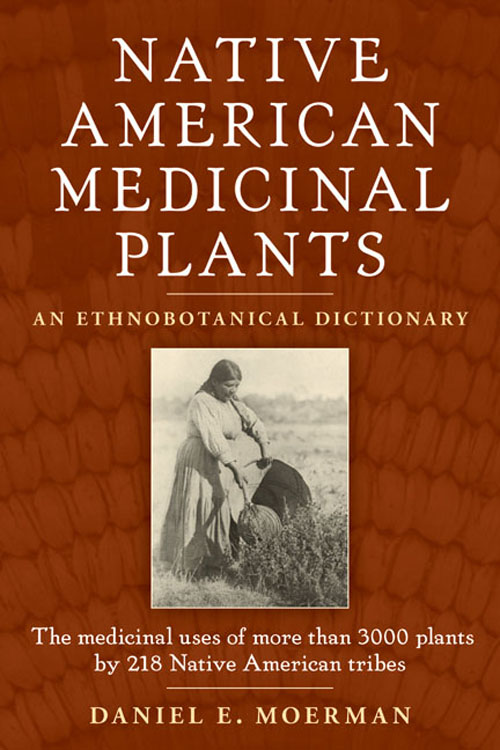
My interest in herbal remedies was kindled first in the 60’s in Northern California, when exploring alternative healing practices first was in vogue. Back to Eden by Jethro Kloss was everybody’s standard reference, and to this day this book remains on my shelf. My knowledge was enhanced when I moved to Amsterdam in the 70’s where I helped open and run a vegetarian restaurant, which included an herb shop upstairs from the cafe. I loved the many shelves lined with clear bottles of herbs. I knew their sacredness, their gifts. And I have continued to learn over the years. Chamomile, peppermint, licorice root and ginger tea are all standards in my kitchen and I will be eternally grateful for their healing properties. So it was with great delight that I noticed Timber Press had recently published Native American Medicinal Plants: An Ethnobotanical Dictionary by Daniel E. Moerman, a professor and well known ethnobotanist. He is former editor-in-chief of the scholarly journal Economic Botany.
The indigenous peoples lived for many thousands of years on this continent prior to Europeans arriving. The first permanent villages in my area of Northern California were established nearly 12,000 years ago. Indigenous tribes lived in harmony with the Earth and they knew and understood plants. They were not distracted by the myriad technologies and manufactured goods and services that take our attention away from the out of doors. They lived very close to the Earth and became intimate with what they found there. They had time to explore. They learned. And they passed this knowledge down from ancestor to ancestor. What might we learn from them? Is this book a book to be taken literally, as gospel? No. But it is an excellent starting point of invaluable information for all and anyone interested in the medicinal value of plants. What might we learn? One small example is that oft times the chemicals within a plant were created by the plant for very specific means. For example the pyrethrin in chrysanthemums was a way of the plant protecting itself from insects, and lo and behold, we extract this substance from the chrysanthemum and use it for the very same reason. There are many instances when our needs are the same as the plants needs; this is just one of many threads worth examining.
While most likely the value of plants found in their environ was known by each family, in some instances there was a special person who attended the native tribe, a medicine man or medicine woman. This learned person was entrusted with the well being of the tribe. The members of the tribe turned to this person for his or her healing skills and knowledge.
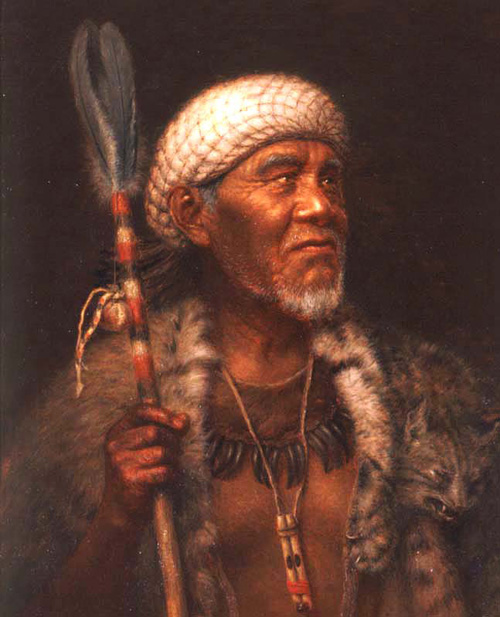
Ma-tu, Pomo Medicine Man, painting by Grace Hudson,
courtesy Grace Hudson Museum
To ascribe the role of medicine man or medicine woman as one of superstition or ignorance, as is sometimes the case, is naive at best. This wisdom keeper, while not all-knowing, knew much. It is a blessing that Professor Moerman has drawn on the research of literally hundreds of serious scholars to arrive at such an invaluable compendium of this knowledge and wisdom. It is especially fascinating that the information gathered has been cross-referenced across 218 Native American tribes.
The ten plants with the greatest number of drug uses by Native Americans are: Achillea millefolium, common yarrow; Acorus calamus, calamus; Atemisia tridentata, big sagebrush; Lomatium dissectum, fernleaf biscuitroot; Prunus virginiana, common chokecherry; Artemisia ludoviciana, Louisiana sagewort; Oplopanax horridus, devil’s club; Juniperus communis, common jupiter; Mentha canadensis, Canadian mint; Urtica dioica, stinging nettle.
The values of stinging nettle are not completely lost, are they? I recall when I lived in Holland that I was told that the Dutch drink nettle tea as a spring tonic. I was also told that to rejuvenate themselves that elderly folks rolled in it! I was never able to verify this and was not privy to seeing it happen, in any case!
What is most true for me about Native American Medicinal Plants is that I now have in hand a beautiful tome I can in my leisure over the years turn to in order to expand my knowledge of the plants that cross my path. To be able to add to my knowledge of plants how they might have been used for thousands and thousands of years by the people who traversed the lands I now walk adds dignity and depth to the plant, to the culture that lived here before I, and to my own learning. This reference book is highly recommended!
Love and garden blessings,
Kathryn xoxo
Posted on July 5th, 2009 by Kathryn
Filed under: Book Notes
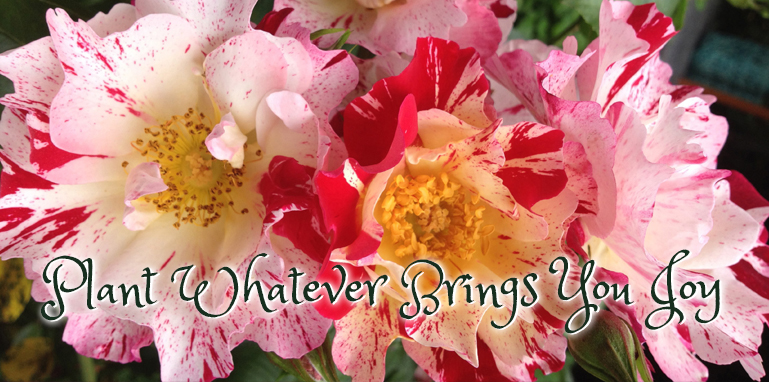
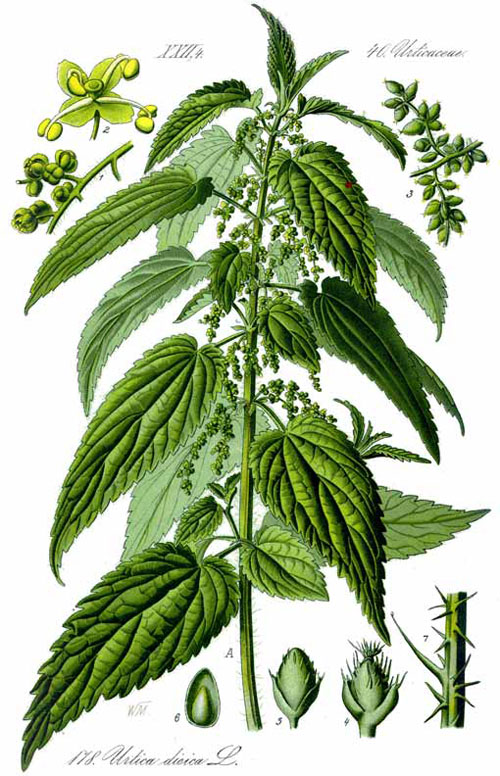

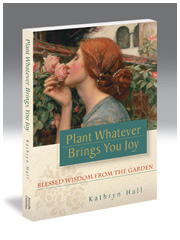
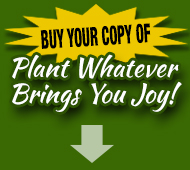


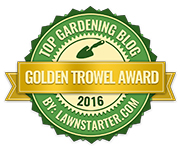
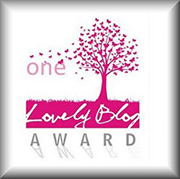
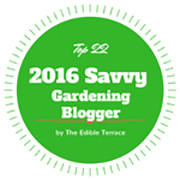

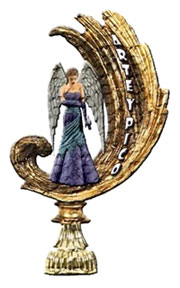
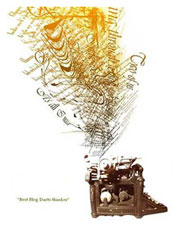
Fascinating post Kathryn, thank you very much!
Good morning, Kathlene! Thanks for stopping by! Kathryn xoxo
I have long been interested in herbal remedies and always have ginger tea, nettle tea, arnica cream and various other remedies to hand as well as a book called ‘The Green Pharmacy’, so I was very interested in your post today – this looks like a great book, I’ll have to see if I can get it on’t t’internet – as we say in Yorkshire!! 🙂
Hi, Liz, So glad you are so inclined. I just looked on Amazon in the UK, and they are carrying it, happy to say. Enjoy! Kathryn xoxo
Sounds like a wonderful book. On a recent trip to Point Reyes, we walked through the “Indian Trail” and it was peppered with signs connecting plants with their medicinal use. Fascinating!
Good morning, Green Bean! Yes, here is the link to the Coastal Miwok village at Pt. Reyes. Thank you for bringing that to our attention! 🙂 http://tinyurl.com/2nuqxx So glad our park system is bringing some of their story to the public eye and ear. Kathryn xoxo
Hi mom,
I’ve always been so Grateful that you introduced me to the medicinal properties of plants from a young age! What a gift! 🙂 Lovely that you’re passing that along here! Thank you!
Love you,
Antonia
xoxox
Hi, Sweetie, Awww, that’s so nice of you to say. I’m glad I was able to pass that along then and now! Pass it on! Love, Mom xoxo
Kathryn,
Great to see that painting of Ma-Tu from the Grace Hudson museum. Saw that in 2005 when we first visited the Sun House as well as Hall of Ten Thousand Buddhas when in fact I was healing.
There is another painting at the museum that I really liked, one of a Pomo boy who always avoided school, you can see the look in his eyes that he saw something terribly machinistic and aggressive about the way the “newcomers” educated their young…anyway a good mirror to look at for me at the time.
Am really fortunate my wife’s culture, Kapampangans (Philippines), has still retained their folk knowledge of plants…such as boiling guava leaves to stop diarrhea etc. If one can venture to say so ay benefit of rural poverty in the Philippines (it also matters how one measures wealth, i.e. by happiness) is that since many cannot afford doctors the tradition of the faith healers (shamans) and plant lore has survived there.
Great article,
Bill
Hi, Bill, Yes, it is always a gift to still have access within one’s family to such knowledge. Lucky you to have a wife who knows her herbs. Kathryn xoxo
Wow, what a nice piece of writing. You managed to fit a lot into this post without creating a feeling of clutter. I’m old enough (almost?) to remember the back-to-nature movement. Who was the author of “Healing with Helpful Herbs”? He and the like flourished before the commodification of all things.
I also know that he and the great healers went out into nature without gore-tex or spandex or polar fleece or special shoes. There was nothing exotic or adventuresome about it.
My favorite sentence in your post is the one about things that take our attention away from nature. As always, your post inspires me to learn more.
Good evening, Crayons! I’m not familiar with that book. I promoted a German book about herbs once many years ago, that included a tour of Germany! Lucky me! But, yes, this has taken a great turn for the better in the last few decades and thank goodness. Glad you are part of it, and thank you so much for your kind words. Kathryn xoxo
Patricia says:
Hi Kathryn, this looks like an excellent book, will check it out.
Folks who are interested in Native Americans may want to visit the Grace Hudson Museum in Ukiah where the exhibit for the next 4 months will be photographs by Edward S Curtis, who spent decades traveling the western US to record Native Americans in native dress.
Curtis was in Ukiah in 1924, and spent time with Grace Hudson, the artist who painted Pomo Indians, and her ethnographer husband John Hudson MD, who also had an extensive correspondence with Alice Eastwood, the botanist who developed the plant collection at the Academy of Sciences in San Francisco. They exchanged information about the identification and uses of native plants. She worked there until she was 90, fascinating woman.
Best,
Patricia Tetzlaff
Hi, Patricia, Yes, I saw that those photographs were on exhibit and made a mental note. Thanks for the heads up! I didn’t know about Alice Eastwood. http://en.wikipedia.org/wiki/Alice_Eastwood Thank you. 🙂 Kathryn xoxo
Thank you so much for this useful and informative post! I’ve always been curious about these things. Lately I’ve learned that a common weed in my yard, broadleaf plantain, has medicinal properties. (I’ve considered trying to capitalize on that!)
Hi, Jen, and welcome. 🙂 Yep. Plantain. I always give it a respectful nod when I see it here or there. It’s amazing what is under our feet that we are oblivious to. HEALING. Kathryn xoxo
The Pinoleville Pomo Nation has a great handbook of the native plants found in Mendocino and Lake countys. Its wonderful for anyone who enjoys hiking in Northern California.
Hi, Rick, Thank you so much for this tip. I will look for this resource. Kathryn